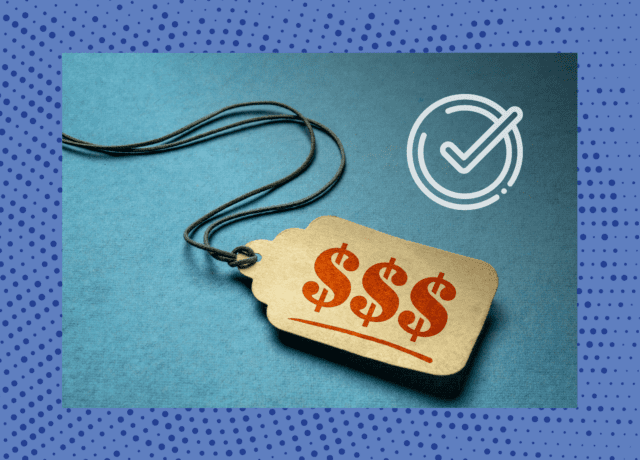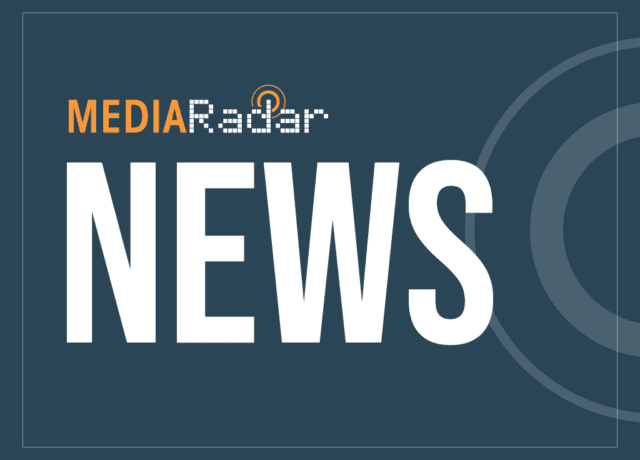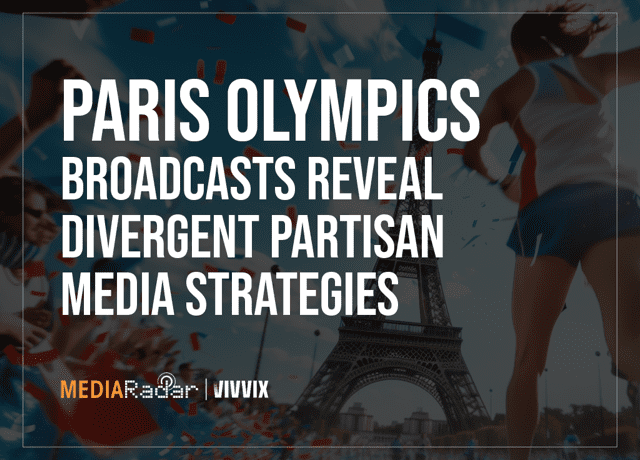“It’s not worth the price.”
“That’s a bit steep.”
“It costs an arm and a leg.”
There are 101 ways advertisers can phrase a pricing objection, and they’re using them all in today’s economy. In fact, 74% of major advertisers said the economic downturn is influencing their 2023 budget decisions.
Advertisers in apparel (down by 21% YoY), real estate (down by 36%), insurance (down by 35%), and software (down by 35%) have all decreased spending through April.
Meanwhile, others are spending.
For example, travel advertisers increased spending by 6% YoY to $1.5b as people geared up for their long-awaited vacations. At the same time, film advertisers increased spending by 26% (to $1.1b), while food advertisers did so by 8% (to $2b).

The spending ebbs and flows will continue in 2023 as advertisers grapple with the uncertainty. Something else that’ll remain constant: pricing objections.
Whether advertisers are eager to spend or cut back, these words will remain on the tip of their tongues: Your rate is too high.
Here are 5 steps to help you overcome pricing objections and turn “I need a better rate” into “That’s a done deal.”
1. Understand the Real Concern
Rates are top of mind for advertisers across industry lines. Full stop. It doesn’t matter if they’re currently spending big or tightening their belts—advertisers are keeping a watchful eye on their bottom line.
That said, taking a pricing objection at face value isn’t wise because the dollar sign may not be the true sticking point—or at least the stickiest one.
To navigate pricing objections, your first step is to figure out if the price is actually what’s holding your buyer back.
In reality, the buyer’s hesitancy could be tied to a host of factors:
- They perceive a competitor’s audience or offer as superior
- Your audience isn’t addressing their immediate needs
- They don’t understand your audience’s unique value
- They don’t have buying power
- They’re resistant to change during economic uncertainty
- They’re locked into a contract with another vendor
These objections are common, and the current economy amplifies most of them. For example, many advertisers will embrace more reserved strategies to minimize risk, making them less likely to switch vendors (this assumes they’re objecting due to being resistant to change).
Either way, ask the right questions to truly understand the buyer’s mindset and come up with a plan of attack to make them comfortable with the price tag attached to your audience and offer.
2. Highlight the Value of Your Audience
Pricing is a valid objection, but the dollar amount may not be what’s tripping your buyer up; it could very well be the perceived value they get from that amount. They’re more concerned about your audience’s value or return on investment (ROI) than anything else.
Nine times out of ten, you can overcome a pricing objection—at least in some part—by highlighting your audience’s unique value:
- Identify Unique Audience Traits: Highlight what makes your audience unique, including demographic factors, behavioral traits, lifestyle preferences, or psychographic characteristics. What’s different about your audience, and why are those differences important to that advertiser?
- Highlight Engagement Levels: Show how engaged your audience is with your content. High engagement rates signify your audience is interested and attentive, making them more likely to interact with ads (and attractive to advertisers). Highlight metrics such as average time spent on site and click-through rates (CTR) to drill your point home.
- Tailor Ad Experiences: Highlight your ability to tailor ad experiences to your audience. The ability to personalize ads can significantly increase their effectiveness, which is especially important for younger generations. In fact, a 2022 survey found that 81% of respondents from Generation Z liked personalized ads, while 57% of responding millennials said the same. If you have data-driven capabilities that allow you to serve ads based on audience behavior, preferences, or past interactions, be sure to highlight those as well.
- Highlight Successful Partnerships: Share success stories or case studies from past partnerships. More importantly, show how your audience helped other brands achieve their advertising goals.
- Insightful Audience Analytics: Use audience data to give buyers deeper insights into audience preferences, habits, and tendencies, and show how they can use these insights to create more effective campaigns. You should also highlight predictive analytics or advanced segmentation if that falls within your wheelhouse.
As you highlight the value of your audience, stay zeroed in on your buyer’s pain points and what they care about today. Your audience may stand shoulders above the competition, but if it doesn’t shine bright to that buyer, their pricing objection (or some other objection) is unlikely to fade.

3. Explain How You’re Different
You already explained how your audience is different, but what are other ways you can stand out? Pricing options (and flexibility) and an intensified stance on brand safety are two solid options.
Pricing options:
- Bundle Pricing: Multiple products or services packaged together and sold for one price. For example, you could bundle access to various ad slots or channels at a discounted rate.
- Volume Discounts: Offered based on the quantity purchased. For example, you might give a discount on the cost per impression (CPM) if the buyer purchases more ad impressions at once.
- Seasonal or Holiday Discounts: Offered during specific times of the year, such as holidays or industry events.
- Long-term Contract Discounts: Discounts offered to buyers who commit to longer-term contracts.
- Early-bird Discounts: Offered to buyers who commit to a purchase ahead of time. For example, you could give a buyer a discount who books ad slots months in advance.
- Promotional Offers: Offers to entice new customers or reward loyal ones, such as a free trial period or a discounted rate on their first purchase.
- Loyalty Programs: Programs that reward buyers for repeat business. For instance, you might offer a points-based system that allows customers to earn points for every dollar they spend, which can be redeemed for discounts or free services.
Remember: Money talks.
Just because a buyer balks at your initial price doesn’t mean they won’t agree to another one—or the same one presented differently.
Brand safety is another potential talking point. The past few years have been riddled with concerns from big brands about where their ads were showing up online, especially on social media and YouTube.
In 2020, Marc Pritchard, Procter & Gamble’s Chief Brand Officer, said, “Social media is about 5% of P&G’s marketing spending, but it’s 150% of our problems.”
In December of the same year, Unilever said it would return to Facebook, Instagram, and Twitter in January after taking time away due to concerns about how the platforms were managing harmful content.
Brand-safety concerns aren’t going away, either.
About 40% of decision-makers from media providers said their concerns about brand safety and suitability would rise in 2023.
Alleviate these concerns by explaining how important brand safety is to you and the comprehensive approach you’ve put in place to protect it, including the selection of suitable advertising platforms, the proper use of ad-placement technology, third-party verification, and continuous monitoring to prevent ad misplacement or association with undesirable content.
If you have access to advanced technologies such as artificial intelligence (AI) and machine learning (ML), talk about how they can help with real-time content analysis and proactive blocking of unsafe environments.
4. Prove It with Data
People have been saying some form of “actions speak louder than words” for hundreds of years. Some people have traced the saying back to a sermon by St. Anthony of Padua in 1200.
More than 800 years later, embracing the saying can be one of the best ways to overcome a pricing objection. At the end of the day, when you’re dealing with an advertiser worried about your rate, nothing will speak louder than hard numbers that provide irrefutable proof that your audience is worth every penny.
You can do this in a variety of ways:
- Client surveys
- Testimonials from loyal customers
- Case studies from similar companies
- Awards
- Client logos
- Product comparisons
Put yourself in their shoes. What data or talking points would sway you if you were on the fence about an investment?

5. Be Smart
It’s that simple. Price your audience at a point you know they’ll buy.
How can you pinpoint that price point? Even simpler. MediaRadar’s CPM Insights tool.
With MediaRadar’s CPM Insights tool, which uses real invoices into pricing by product category and brand, you can get instant access to powerful data on ad pricing trends, helping you construct compelling arguments against price objections.
Our tool’s ability to recommend specific CPM ranges eliminates guesswork, while its insights into competitor pricing for premium inventory allow you to confidently position your offer in the smartest way possible.
Don’t Lower the Price, Communicate the Value
It’s natural to counter a pricing objection by lowering your rate—and that may be in the cards.
But don’t default to that, even if the economy is unstable.
Instead, overcome the pricing objection by building a relationship (this isn’t a one-time thing), clearly understanding the buyer’s concerns, reframing the discussion to focus on ROI, showcasing your audience’s unique value, and suggesting a rate they can’t refuse.
Check all those boxes, and pricing objections will fall.
For more insights, sign up for MediaRadar’s blog here.


